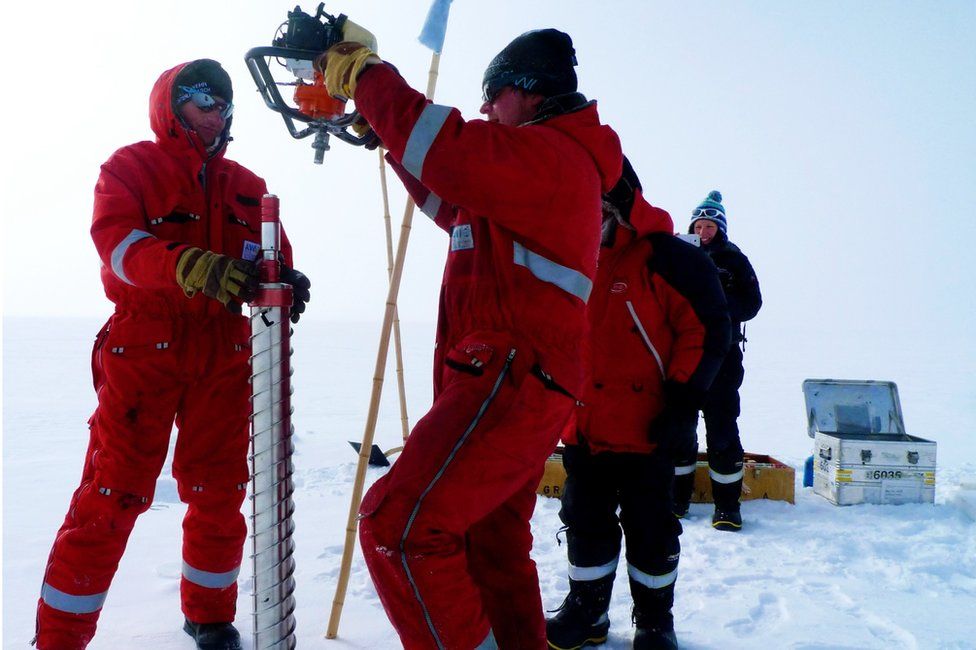Pollution: ‘Forever chemicals’ in rainwater exceed safe levels
These synthetic substances called PFAS are used in non-stick pans, fire-fighting foam and water-repellent clothes.
Dubbed ‘forever chemicals’, they persist for years in the environment.
Such is their prevalence now that scientists say there is no safe space on Earth to avoid them.
The researchers from Stockholm University say it is “vitally important” that the use of these substances is rapidly restricted.
- More research needed on climate extinction threat
- The race to replace persistent chemicals in our homes
- Driest July in England since 1935 – Met Office
Scientists fear PFAS may pose health risks including cancer, though research has so far been inconclusive. They have been growing increasingly concerned about the proliferation of PFAS in recent years.
PFAS stands for poly- and perfluoroalkyl substances.
There are around 4,500 of these fluorine-based compounds and they are found in almost every dwelling on Earth in hundreds of everyday products including food packaging, non-stick cookware, rain gear, adhesives, paper and paints.

Safety concerns about the presence of these long-lasting substances in drinking water have also been raised.
Earlier this year a BBC investigation found PFAS in water samples in England at levels that exceeded European safety levels, but did not exceed the current safety level in England and Wales.
This new study, which looks at four specific chemicals in the class, suggests that levels of one PFAS in rainwater around the globe often “greatly exceed” US drinking water advisory levels.
Soil around the world is similarly contaminated, evidence suggests.
The study’s findings lead the authors to conclude that a planetary boundary has been crossed – that there simply is no safe space on Earth to avoid these substances.
“We argue here that we’re not within this safe operating space anymore, because we now have these chemicals everywhere, and these safety advisories, we can’t achieve them anymore,” said Prof Ian Cousins, the lead author from Stockholm University.
“I’m not saying that we’re all going to die of these effects. But we’re in a place now where you can’t live anywhere on the planet, and be sure that the environment is safe.”
While this is undoubtedly cause for concern, there are some provisos.
Many of these safety levels in place are advisory, meaning they are not legally enforceable.
Other scientists take the view that action on these chemicals should wait until the health risks are more clearly proven.
Much research has been carried out on the health risks posed by PFAS, and scientists say that exposure to high levels may be associated with an increased risk of some cancers, fertility issues and developmental delays in children.
However such associations don’t prove cause and effect and other studies have found no connection between PFAS and disease.

Scientists drilling for ice samples in Antarctica to see how far PFAS have travelled




